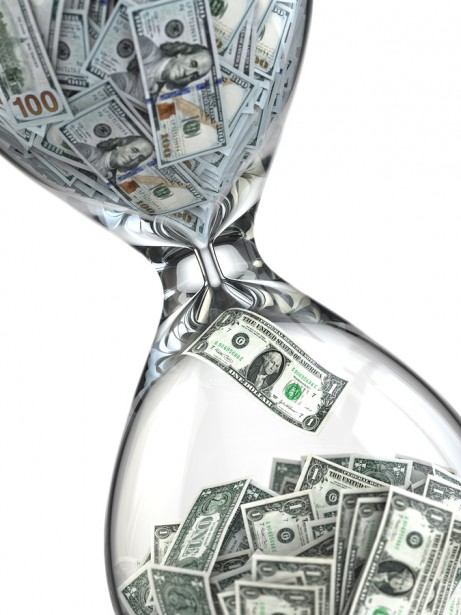A struggling labor market, falling oil prices, low inflation and less-than-stellar labor market. These may be reasons as to why a central bank in today’s economic environment may refrain from raising interest rates, but the Federal Reserve may continue to hint that it’s boosting rates in the middle of the year.
The United States central bank finishes its two-day meeting Wednesday and could lay the groundwork for a potential move to start hiking rates for the first time since the financial crisis. A statement will be released at 2 p.m. Wednesday by the Federal Open Market Committee (FOMC) and there will be no press conference. These meetings establish monetary policy for the next six weeks.
However, there are various market analysts who say the move may be a premature one amid six-year low gas prices and a stronger dollar. With official inflation numbers being pegged at just over one percent, central bankers fear that consumers will wait to purchase particular goods and services, which could further hinder the U.S. economy.
In addition, the Fed may face pressure from other central banks, including the European Central Bank (ECB), which announced it is buying $1.3 trillion in bonds over the next 18 months in order to spur economic growth, maintain low interest rates and pump cash into the eurozone financial institutions. Also, the Bank of Canada surprisingly reduced interest rates this month to 0.75 percent.
Fed Chair Janet Yellen could purport again that the central bank can remain patient regarding interest rates, and possibly revise its language to reflect the reported deflationary environment. Although most economists are making a safe bet that a rate hike will take place in June, many are still prepared for the Fed to delay it again citing the aforementioned reasons as well as foreign developments.

“We think the FOMC will be reluctant to make changes to the statement that might influence expectations for Fed action, particularly when there is no press conference to explain any ‘meaningful’ additions or deletions to the text,” said Michelle Girard, chief U.S. economist at RBS Securities, in a note to clients (via the Wall Street Journal).
Philadelphia Fed President Charles Plosser and Dallas Fed chief Richard Fisher could be the deciding factors in this meeting as they are considered vehement anti-inflation FOMC members.
Fed Plans to Speed Up Payments System
On Monday, the Fed established a proposal to collaborate with the banking industry to enhance the speed and safety of payment systems. If it moves ahead with its scheme, the central bank would create two task forces: one for speed and one for security.
Esther George, president of the Kansas City Fed, will lead the efforts and Fed Governor Jerome Powell will co-chair the plan’s oversight committee.
“Despite high levels of innovation in the U.S. payment system, a lack of coordination is creating fragmentation, inhibiting ubiquity and creating confusion,” said a Fed paper released Monday. “Several countries around the world have already developed or are in the process of developing a ubiquitous, faster payments capability and the United States is at risk of falling behind.”
This proposed measure comes as there were major security breaches at various retail chains, including Target, Wal-Mart and Home Depot, last year.



